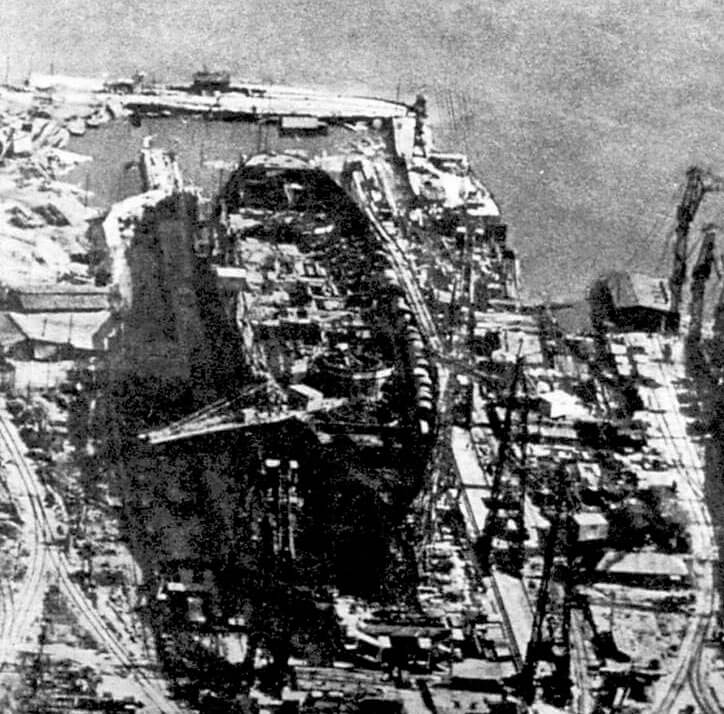Proship Design Bureau is based in the very center of Russian nuclear shipbuilding. It was here, in Severodvinsk, that the foundations of the engineering industry were laid at one time, design yards, plants and enterprises were among the first in the country. The experience and knowledge handed down from generation to generation still play a key role today – many specialists are trained and educated in the field of shipbuilding here, and the continuously improving technologies and design methods are a priority for the industry to this day.

May 31, 1936
There began a major construction of the plant and Sudostroy settlement, which in 1938 received the status of the city of Molotovsk, and now (since 1957) called the city of Severodvinsk.
April 1, 1937
Plant №402
First shipyard projects
In October 1940 an order was given to suspend the construction of the battleship “Soviet Belorussia” ready for 1% and to concentrate main efforts on the battleship “Soviet Union”. Because of the beginning of the war the construction of battleships was stopped (the readiness of the battleship “Soviet Union” was 19.44%, and the battleship “Soviet Ukraine” – only 7%). At the end of the war the unfinished battleships were dismantled.
Seaport
Plant №402
Plant №893
Only five years later the plant was given the task of mastering the repair of nuclear submarines. By the Decree of the Council of Ministers of the USSR Plant No.893 was ranked among the most important economic construction projects. From the early 1960s, new workshops, slipways, and special facilities were intensively built and put into operation at the plant.
September 24, 1955
1964
Zvezdochka Machine-Building plant
In 1970, Zvezdochka completed the repair and modernization of the world’s first nuclear-powered icebreaker Lenin. During the repair of “Lenin” unique work on replacing the nuclear propulsion system of the ship was carried out. In 1970 for successful fulfillment of the state plan the plant was awarded the highest award of the Soviet Union – the Order of Lenin. In the beginning of the 1970s, the company expanded its ship repair competence. Two Project 667A strategic missile carriers were accepted for repairs.
Cold War
In 1969 Sevmash built the world’s first Project 661 titanium submarine. During tests, it reached the submarine maximum speed of 44.7 knots.













